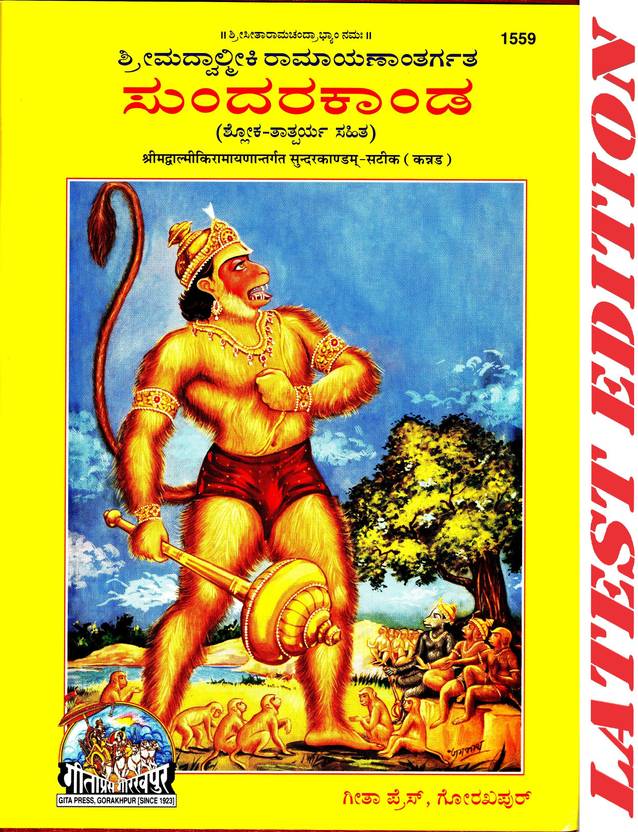Is the digital world truly a reflection of reality, or a distorted mirror reflecting our anxieties and desires? The rapid proliferation of viral content online, often sensationalized and sometimes outright fabricated, is fundamentally reshaping how we understand events and interact with each other.
The term viral has become ubiquitous, a shorthand for content that spreads rapidly across the internet, often propelled by social media algorithms and the inherent human tendency to share information. This can include everything from heartwarming videos of pets to news reports on significant global events. However, the very nature of virality presents a complex challenge. The speed and reach of online platforms mean that misinformation, sensationalism, and even outright lies can disseminate with alarming efficiency, creating a climate of uncertainty and eroding trust in established institutions.
| Category | Details |
|---|---|
| Online Platform: | Viralkand |
| Primary Function: | Aggregation and dissemination of viral content, primarily focused on Indian desi stories and videos. |
| Content Focus: | Trending videos and stories, reflecting popular culture and current events. |
| Target Audience: | Individuals interested in Indian culture, entertainment, and viral trends. |
| Content Variety: | Diverse collection, ranging across different genres and topics, potentially including entertainment, news, and lifestyle content. |
| Potential Risks: | Exposure to unverified information, potential for misinformation, and challenges in assessing the credibility of content. |
| Monetization: | Likely through advertising, affiliate marketing, and potentially other methods. |
| Reference Link: |
Example Viralkand Website
(Note: Replace with the actual website address or a relevant resource for factual accuracy and verification.) |
One of the most concerning aspects of the viral phenomenon is its susceptibility to exploitation. The pursuit of clicks, shares, and views has incentivized the creation and dissemination of content designed to provoke strong emotional reactions. This can range from simple outrage or amusement to fear and paranoia. The Viral@Link post, for instance, highlights the potential for the rapid spread of potentially harmful or misleading information. The use of keywords such as leaked, original video, and calls to download or watch can be red flags, indicating content that may be illicit, unverified, or designed to exploit users.
The example of Viralkand itself, an online platform specializing in Indian desi viral stories and videos, illustrates the double-edged sword of virality. While such platforms can provide a window into popular culture and trending topics, they also raise questions about content verification, the potential for misinformation, and the responsibility of platforms in curating and presenting information. The platform's focus on viral stories and trending videos inherently prioritizes engagement over accuracy, a dynamic that can further exacerbate the spread of unverified claims.
The incident referenced as the Gangu Chettri Kand highlights another facet of this issue. The potential presence of leaked or sensitive content underscores the privacy concerns amplified by rapid online dissemination. The combination of “Snapchat viral video” suggests the quick and often unverified sharing of content across different platforms. This underscores the dangers of viral content and its potential impact on personal privacy and reputation.
The spread of misinformation can have serious real-world consequences. The Fentanyl Panic, demonstrates how fear and misinformation can spread online, even about critical health issues. Fentanyl is a potent synthetic opioid, and the misrepresentation of the situation can complicate efforts to help those affected by overdose.
The impact of virality is not limited to isolated incidents or specific platforms. The Vikas Dubey case, wherein a call between the suspect and a police officer went viral, demonstrates how online sharing can become a part of the public record. This underscores the enduring impact of virality, and its effect on shaping public opinion.
It is imperative to recognize the power and potential dangers associated with the term viral. While viral content can bring about positive change, it is also capable of spreading falsehoods and exploiting people. By understanding the mechanisms that drive virality and cultivating critical thinking skills, individuals can become more discerning consumers of online information, helping to build a more informed and trustworthy digital landscape.



